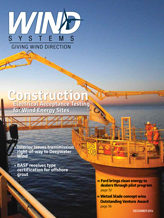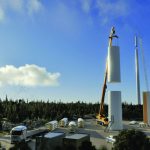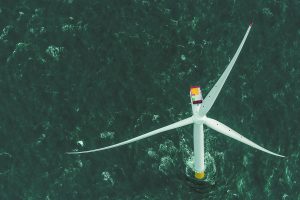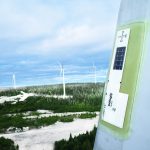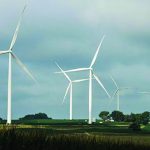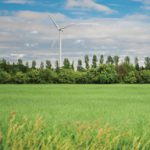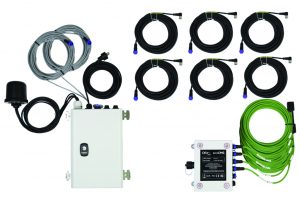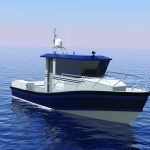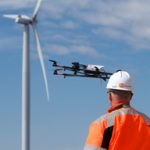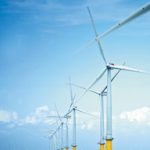Among the winners of the 2014 Clean Energy Venture Awards at the U.S. Department of Energy’s (DOE) National Renewable Energy Laboratory’s NREL Industry Growth Forum, was Wetzel Blade.
The startup company was presented with the Outstanding Venture award for their work on what insiders might call the Holy Grail for wind energy — a pre-fabricated, field- assembled turbine blade that boosts production capacity and outlasts current generation composite blades. Award winners receive in-kind commercialization support to help increase their chances of becoming commercially successful.
The new blade technology is based on a space frame design and features independently fabricated pultruded FRP spars. The parts are sized for easy transport and field-assembly, in similar fashion to high reliability military equipment. Figure 1
Today’s current generation blades are fully assembled in large-scale factories and transported in one piece to wind farms. In the United States, the familiar 58-meter land turbine blades are the largest that can be transported in a traditional manner using supersized trailers with escort vehicles. The complex logistics involve coordinating drivers, escorts, permits and specialized equipment – which generally amounts to 3- 5 percent of the total installed cost of each turbine.
According to Kyle Wetzel, CTO/Founder of Wetzel Blade and a well-published expert in wind blade design, “This concept emerged from a project that our parent company, Wetzel Engineering, was involved with in China. We were engineering a 100-meter blade for a 10MW turbine and wanted to eliminate shell panel buckling as a design driver. The balsa requirements presented another challenge – almost 10,000 kg of this expensive core material absorbing approximately 6,000kg of epoxy. Figure 2
“Because of our involvement with the entire turbine lifecycle, we understand that to make a real shift in the economics, a blade design must generate more electricity, cost less to build and maintain, and be more efficient to transport and install. The industry is hungry for a solution that delivers on all those points.”
Wetzel Blade is currently in the structural testing phase with plans to demonstrate a sub-scale prototype in early 2015. The project has been partially funded through an SBIR/STTR award from the Department of Energy.
— Source: Wetzel Blade



















